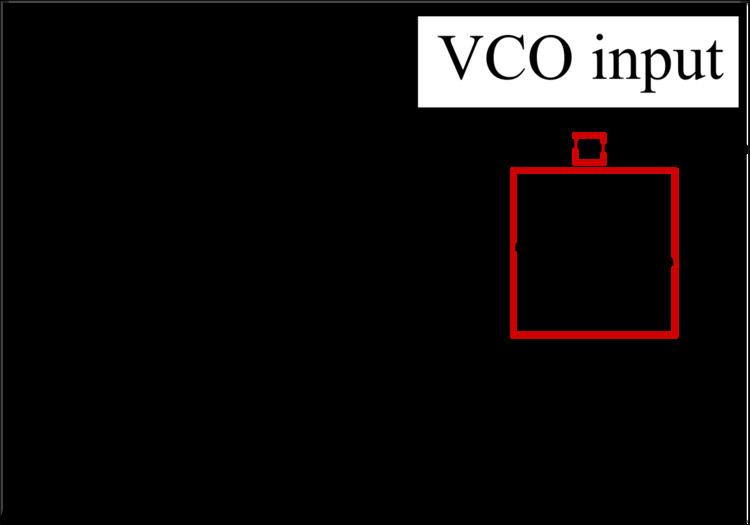 | ||
A Costas loop is a phase-locked loop (PLL) based circuit which is used for carrier frequency recovery from suppressed-carrier modulation signals (e.g. double-sideband suppressed carrier signals) and phase modulation signals (e.g. BPSK, QPSK). It was invented by John P. Costas at General Electric in the 1950s. Its invention was described as having had "a profound effect on modern digital communications". The primary application of Costas loops is in wireless receivers. Its advantage over the PLL-based detectors is that at small deviations the Costas loop error voltage is
Contents
Classical implementation
In the classical implementation of a Costas loop, a local voltage-controlled oscillator (VCO) provides quadrature outputs, one to each of two phase detectors, e.g., product detectors. The same phase of the input signal is also applied to both phase detectors and the output of each phase detector is passed through a low-pass filter. The outputs of these low-pass filters are inputs to another phase detector, the output of which passes through noise-reduction filter before being used to control the voltage-controlled oscillator. The overall loop response is controlled by the two individual low-pass filters that precede the third phase detector while the third low-pass filter serves a trivial role in terms of gain and phase margin.
The above figure of a Costas loop is drawn under the condition of the "locked" state, where the VCO frequency and the incoming carrier frequency have become the same as a result of the Costas loop process. The figure does not represent the "unlocked" state.
In the time domain
In the simplest case
From the mathematical point of view, a linear filter can be described by a system of linear differential equations
Here,
The model of a VCO is usually assumed to be linear
where
Suppose that the frequency of master generator is constant
The system is non-autonomous and rather difficult for investigation.
In phase-frequency domain
In the simplest case, when
the standard engineering assumption is that the filter removes the upper sideband with frequency from the input but leaves the lower sideband without change. Thus it is assumed that VCO input is
Thus it is possible to study more simple autonomous system of differential equations
The Krylov–Bogoliubov averaging method allows one to prove that solutions of non-autonomous and autonomous equations are close under some assumptions. Thus the block-scheme of Costas Loop in the time space can be asymptotically changed to the block-scheme on the level of phase-frequency relations.
The passage to analysis of autonomous dynamical model of Costas loop (in place of the non-autonomous one) allows one to overcome the difficulties, related with modeling Costas loop in time domain where one has to simultaneously observe very fast time scale of the input signals and slow time scale of signal's phase.
Frequency acquisition
The classical Costas loop will work towards making the phase difference between the carrier and the VCO become a small, ideally zero, value. The small phase difference implies that frequency lock has been achieved.
